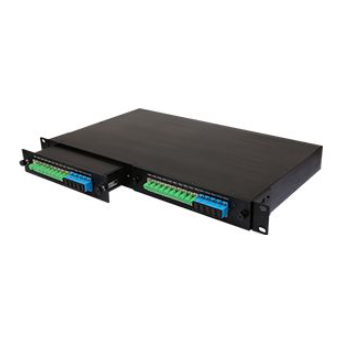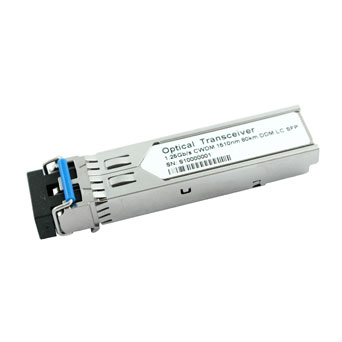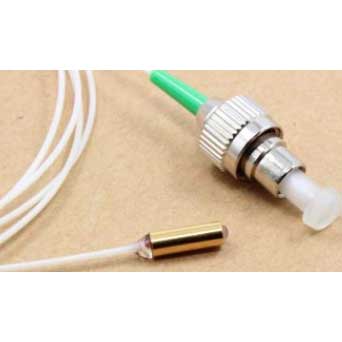A connector, also called a terminal, connects the cable with a safety connection, allowing pulses to pass through the cable without interruption. In order to adapt to different applications, there are many ftth connector types. Choosing the right connector type for a specific purpose can ensure the ideal performance of fiber optic cables and the equipment they are connected to.
1. What is a fiber optic connector?
fiber optic connector is also called termination because it connects both ends of the fiber optic cable. These fiber optic connectors fix fiber optic cables in ferrules to connect them to the other side of the cable. The ferrule is the connector end piece, including the method of connecting and fixing the termination. Some ferrules will be inserted into the mating adapter and tightened to hold the two parts together. Others use bayonet designs, while some get stuck together. Some ferrules have a spring-loaded connector that holds the parts together with a constant force to improve the connection. Most fiber optic connectors require efforts to connect and disconnect, thereby reducing the chance of accidentally breaking the cable during typical use or installation of other components. The connector can also introduce cables into the converter or directly into equipment served by fiber optic cables.
2. What are fiber optic connectors used for?
Internet and LAN: Fiber optic cables allow more bandwidth than other cable options. Common uses of networks include optical fibers for providing Internet and LAN connectivity throughout the building. Fiber optic cables work particularly well when connected at distances of more than 90 meters and carrying gigabit speeds. Both LAN and high-speed Internet use multimode fiber optic cables.
Today, many companies connect fiber optic cables to telecommunications cabinets and then transmit signals to copper -based Cat5 cables and other cables. Optical fiber connectors These cables transmit signals to computers and telephones. However, this practice of using media converters or telecommunications cabinets may disappear over time. The innovation of optical fiber technology, the high cost of maintaining telecommunication cabinets and the reduction of optical fiber prices may eventually make all optical fiber networks the norm.
Community Antenna TV (CATV) and other telecommunications: Community antenna TV and other telecommunications companies generally prefer optical cables to transmit signals because optical fiber connectors lower cost, lower loss, and higher bandwidth over long distances than the old technology.. In addition, each pair of transmitter and receiver optical fibers can transmit more voice and video signals. Compared with the wire transmission method, the transmission distance of optical fiber can be increased by 100 times and the speed can be increased by more than 1000 times. CATV can use single-mode fiber optic cable because it has higher bandwidth and lower loss.

 EN
EN



